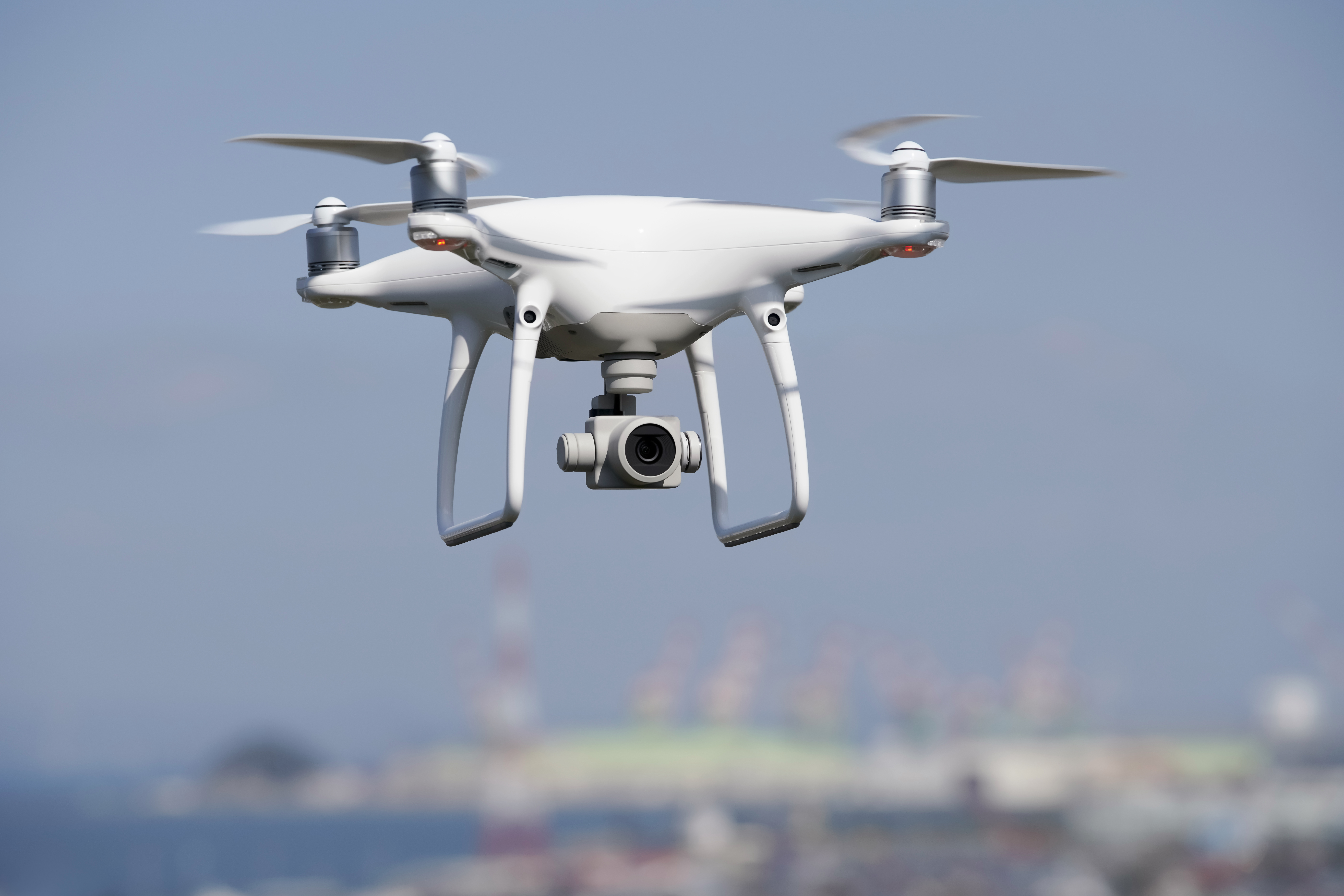
03 Mar It’s a Bird, it’s a Plane – No, it’s a Drone
Every day, this type of scenario is more likely to occur. In 2019, the number of drones being registered was more than two million, with registration required whether the drone owner is a modeler or a non-modeler. Registration appears to be required for drones weighing between roughly a half-pound and 55 pounds.
It is also interesting that while researching drones you can find various claim examples. These claim examples cover a wide variety of scenarios including privacy (the drone saw something they were not supposed to see), to the drones losing power and falling out of the sky causing both bodily injury and property damage. There were also examples of inexperienced operators (you only have to be 13 years old to register a drone) losing control of the drone with significant subsequent damage including children getting hit by the drone.
Bottom line, drones are much more common and on the modeler side, and are becoming a requested gift for birthdays and holidays.
What is the status of how the insurance industry is addressing this “toy?” First, it is important that everyone realizes that drones are considered aircraft and different policies (homeowners, general liability, etc.) may handle this exposure differently. Thus, when evaluating a client’s exposures (personal or commercial – new or renewal checklist), a specific question regarding drones is probably appropriate. It appears that on the personal lines side, most companies are viewing personal use drones as a hobby aircraft and thus covering the exposure. That, of course, may change moving forward.
On the commercial lines side of the house, a drone exposure (considered as aircraft) is typically excluded – although there seemed to be movement among some companies towards a sub-limit in the policy. Based on the type of damage a drone can do, a sub-limit may not be sufficient and thus a separate drone policy seems to be the best course of action. The damage could include issues such as:
- the various bodily injury and property damage issues
- a drone that is capturing key data that could be detrimental to the owner of the drone if the data fell into the wrong hands
- the drone is stolen while in operation and the data is compromised – is this a potential cyber exposure?
In a 2018 E&O Plus webinar, reference was made to the various industries using drones. The industries included:
- Law enforcement
- 3-D imaging
- Disasters
- Agriculture
- Construction
- Medical deliveries
- Inventory control
- Hazardous equipment inspections
- Insurance claims process
- Loss control and prevention
- Real estate
- Entertainment
- Conservation
I also recently read that drones have been used as part of the international fight against the spread of the Coronavirus.
As most agencies are well aware, client education has been shown to be a significant E&O loss prevention tool. How is your agency helping clients to better understand the perils and insurance implications of using a drone? Do you have some clients that own a drone that are of the belief that it is covered?
As mentioned, the use and ownership of drones should be a specific question on the exposure analysis checklists. It should also be a separate item in the agency proposal under “coverages to consider…”
Taking these additional steps is a solid E&O loss prevention tool – and by the way, you may just sell more insurance.


